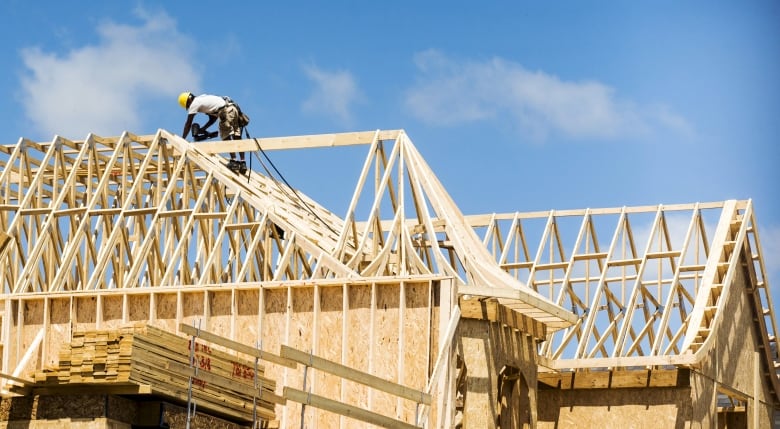How should Ottawa grow? What councillors heard over 19 hours
The urban boundary debate will continue for a third day on May 19

Over two long days of meeting online, Ottawa city councillors heard very different — and very strong — opinions about where and how to house an extra 400,000 people in the coming decades.
Councillors on the two committees that decide planning issues won't log on again until Tuesday, May 19 to discuss and vote on whether to expand its urban boundary for only the second time since amalgamation.
- Ottawa has 80,000 more suburban houses in its future. Here's what that could look like
- Ottawa looks to add up to 1,650 hectares to its suburbs
That's a week to ponder what they heard from more than 100 people, including development company executives, consultants, community groups and committed residents.
Here are some of the key issues they grappled with.
Will holding the line make houses pricier?
"Affordability" was likely the most uttered word over the 19 hours of discussion. Those involved in the development industry argued that not increasing the supply of land for home building would drive house prices sky high, putting them further out of reach for young people and new Canadians.
Land prices have tripled since the city decided to hold the urban boundary back in 2010, said Kevin Murphy of Mattamy Homes.
"You're right on the cusp of unaffordable housing," added Andrew Brethour, a realtor who advises builders.

But other costs matter beyond the price of a house, such as transportation or proximity to social services, argued community organizations.
Dr. Eugenie Waters, for instance, said she has patients who are seniors who travel from the suburbs to her clinic.
"I really worry about us falling into this trap that it's more affordable for people to move out to the ... new suburbs, and there won't be the social services out there."
Many presenters also wanted the city to show far more details about how much each of the three scenarios set out would cost the city in infrastructure, and the implications for its climate change goals.
Can the city actually build enough housing through infill?
In order to absorb tens of thousands more people in existing neighbourhoods, staff recommend building a lot more shorter, multi-unit complexes instead of relying solely on controversial high-rises. These lower-rise buildings could be made of wood instead of concrete, which is more expensive.
Architect Rosaline Hill agreed with the city planning staff's vision. She argued that the entire city should be intensified in this manner, with the first focus on areas that are the easiest to make walkable, such as those near transit.
That may mean many established communities, or what Coun. Jeff Leiper called the "bungalow belt" neighbourhoods within the Greenbelt, could see change soon.
But Josh Kardish of EQ Homes said while those older areas were "ripe" for mid-rise and infill, he questioned whether the city could build enough housing for an additional 400,000 people without apartment towers.
Will the city protect all farmland?
The meeting opened Monday with a motion by Coun. Eli El-Chantiry to protect prime farmland to disqualify any properties on the city's formal "agricultural resource areas" list to be included in the urban boundary.
Members of Just Food say that still leave open the possibility for development on some farms, like those outside the officially designated areas or land with poorer soils where animals graze.
The group called on councillors to tweak the motion further so that it captures all land used for agriculture, so that no more farmland becomes housing.
Questioning city calculations
Even staff's projection methods for how it calculated the how much additional lands will be needed came under fire.
It turns out, city staff used a different definition for how much intensification this city is achieving. Recently, the City of Ottawa was hitting 50 per cent intensification, far exceeding the 40 per cent goal in its official plan.
But for this boundary discussion staff said it makes more sense not to count collective housing for seniors or students. The "goalposts had moved," as the Greater Ottawa Home Builders' Association tried to explain it. That dropped Ottawa's current intensification rate to just 38 per cent.
Michael Wolfson, former assistant chief statistician at Statistics Canada now with the University of Ottawa, said he was "baffled" the city would omit retirement homes.
City staff also said in its report it had no real data on the resale housing market, so the number of households they expect Ottawa to need might be high. Wolfson said that data exists and is "critical".
"I'm afraid that the information provided to you by staff … is seriously inadequate for you, and for citizens like myself," said Wolfson.